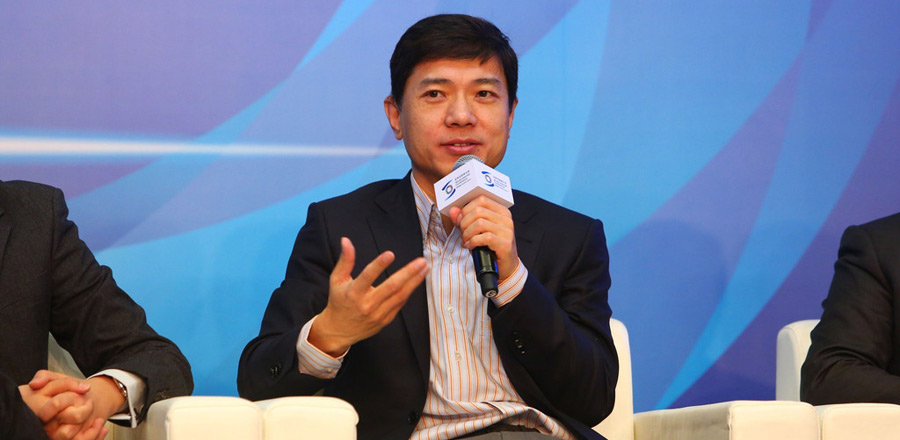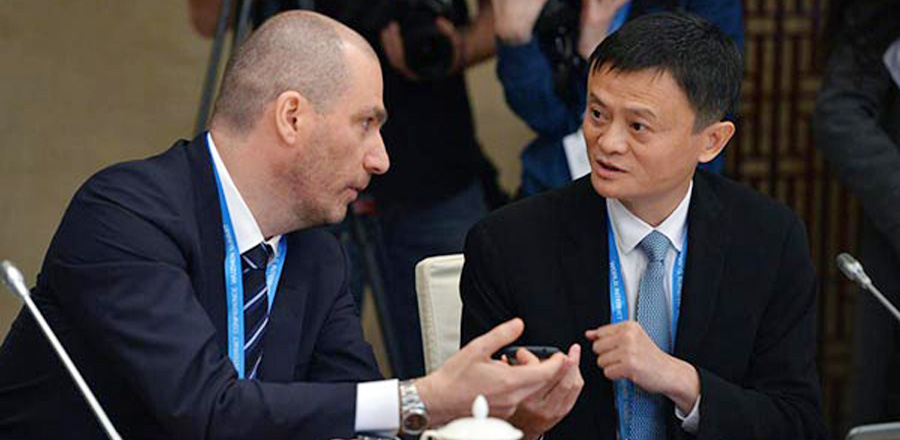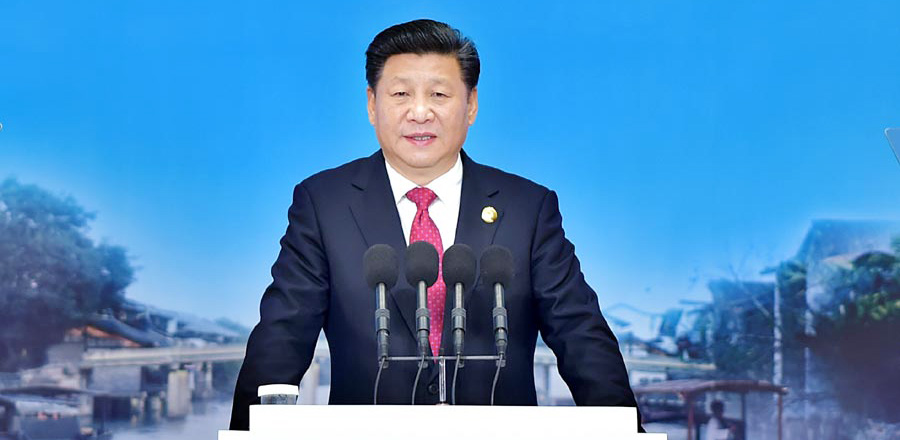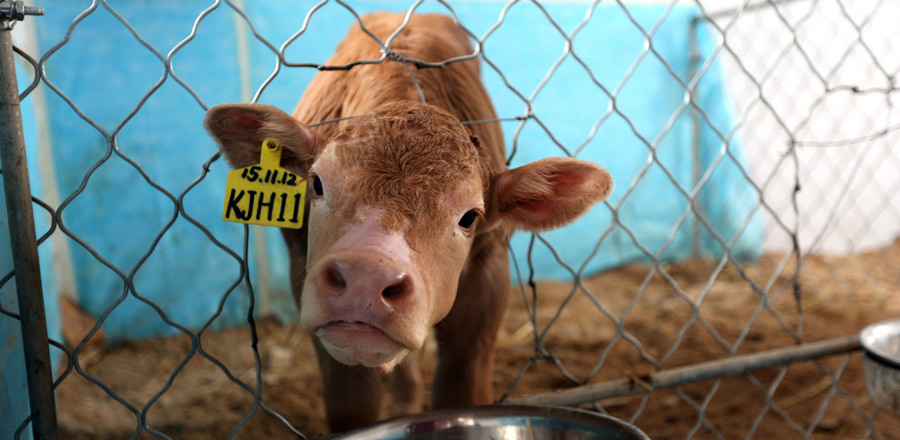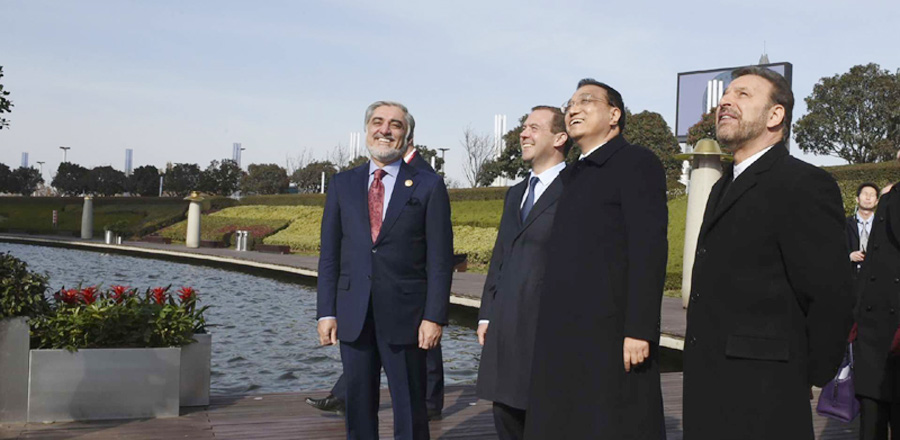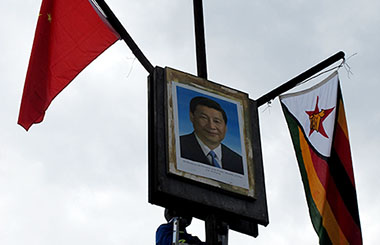
 |
|
Traders work on the floor of the New York Stock Exchange (NYSE) as a television screen displays coverage of US Federal Reserve Chairmman Janet Yellen shortly after the announcement that the US Federal Reserve had hiked interest rates for the first time in nearly a decade in New York, Dec 16, 2015. [Photo/Agencies] |
Policy still accommodative
Yellen on Wednesday said the Fed had no desire to curb consumers from spending or businesses from investing. She emphasized that interest rates remained low even after the rate hike, near levels economists regard as appropriate for a recession.
"Policy remains accommodative," Yellen said. "The US economy has shown considerable strength. Domestic spending has continued to hold up."
Fed policymakers' median projected target interest rate for 2016 remained 1.375 percent, implying four quarter-point hikes next year. Based on short-term interest rate futures markets, traders expect the next rate hike in April.
A Dec 9 Reuters poll showed economists forecasting the federal funds rate to be 1.0 percent to 1.25 percent by the end of 2016 and 2.25 percent by the end of 2017.
The rate hike sets off an immediate test of new financial tools designed by the New York Fed for just this occasion, as well as a likely reshuffling of global capital as the reality of rising US rates sets in.
To edge the target rate from its current near-zero level to between 0.25 percent and 0.50 percent, the Fed said it would set the interest it pays banks on excess reserves at 0.50 percent, and would offer up to $2 trillion in reverse repurchase agreements, an aggressive figure that shows its resolve to pull rates higher.
The impact on business and household borrowing costs is unclear. One of the issues policymakers will watch closely in coming days is how long-term mortgage rates, consumer loans and other forms of credit react to the rate hike.
